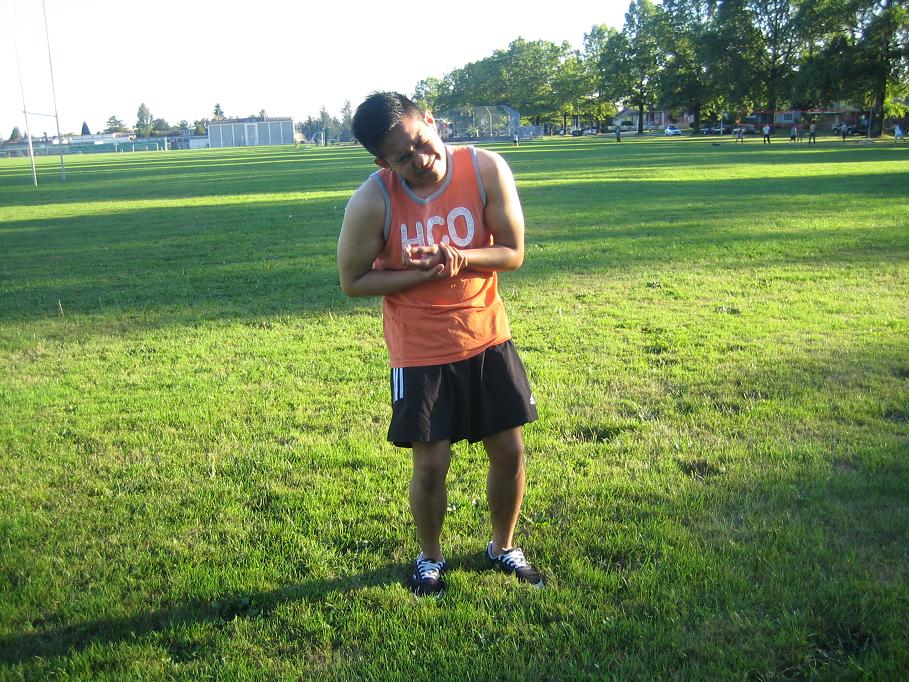Discoid eczema is a long-standing skin condition that triggers the skin to become reddened, itchy, cracked and swollen in oval or circular patches. If not treated, the condition can last for weeks, months or even years. It might be persistent, usually in the same site that was previously affected.
https://www.youtube.com/watch?v=luyVT0HtDUI
Indications
Take note that discoid eczema causes distinctive oval or circular patches of eczema. It can affect any body part but do not usually involve the scalp or face.
The initial sign of discoid eczema is generally a group of small-sized red spots or bumps on the skin. These lumps quickly clump together to form bigger red, pink or brown patches that vary in size from a few millimeters to several centimeters in size.

Primarily, these patches are often blistered, swollen and drain fluid. There is likelihood for these patches to become itchy especially at night time. Over time, these patches become dry, cracked, crusty and flaky. The middle of the patch might sometimes clear, leaving behind a ring of discolored skin that can be mistaken as ringworm.
An individual might only have a single patch of discoid eczema, but most have several patches. In addition, the skin between these patches is often dry.
What are the causes?
The cause of discoid eczema is unknown, but can occur from having dry skin. Take note that if an individual has dry skin, it could not ensure an efficient blockade against constituents that are exposed to the skin. This will enable a formerly harmless substance such as soap to irritate the skin.
It is vital to carefully check all the chemicals present in toiletries and cosmetics being used. Some individuals with discoid eczema might also have a history of atopic eczema which often develops among individuals who are prone to hay fever and asthma.
Management of discoid eczema
Discoid eczema is normally a long-standing condition but certain drugs are offered to lessen the indications and control the condition.
The commonly used treatment options include:
- Topical corticosteroids – these are available in creams and ointments that are applied on the skin that can help relieve the severe symptoms
- Emollients – these are moisturizers that are applied on the skin to prevent it from drying
- Antihistamines – these medications work by reducing the itchiness and allow the individual to sleep better at night
There are also measures that can help such as avoiding exposure to irritating chemicals in detergents, soaps, bubble baths and shower gels.
Additional medications might be given if the condition is infected or quite severe. Occasionally, regions of the skin affected by the condition might be left always discolored once it has settled.

